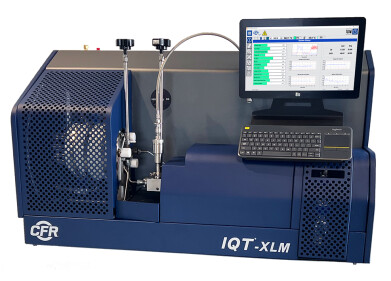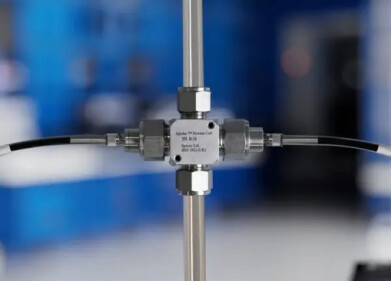Analytical Instrumentation
Is the "Norwegian Model" Superior for Oil?
Mar 27 2017
Across the globe, more than 20 countries derive over 10% of their economic wealth from oil drilling activities. Understandably, natural resources are a tempting source of cash for treasuries in search of short-term funding.
But in the wake of the oil price crash, an increasing number of petroleum-producing nations are starting to look at the bigger picture. Rather than frivolously spending, they’re saving or investing oil revenue in a bid to support the next generation. And ultimately, prepare for the day when reserves run dry.
Norway sets an example
Norway is at the forefront of the movement, with a sovereign wealth fund now worth more than $900 billion. Broadly speaking, this represents a huge 1% of the world’s traded equity shares. Its underlying function is to protect the country’s economy from oil price fluctuations, and bolster government savings. The nation has been funnelling cash into the government run kitty since the 1990s, and as a result now boasts the largest sovereign wealth fund on the planet.
Not only is Norway Western Europe’s largest oil producer, but it’s also one of the world’s biggest natural gas exporters. But despite its fierce presence in the oil and gas industry, Norway has been prudent in its use of natural resources wealth. Recently, the country decided that it would only draw 3% from the fund each year, as opposed to its previous 4% limit. This pragmatic approach is a key part of its plan to pass on its wealth to future generations, long after its oil reserves are gone.
Seeking advice from the Scandinavians
Now, other nations are following suit and seeking advice from the Scandinavian nation. Currently in the process of setting up its own sovereign wealth fund, Saudi Arabia has consulted Norway on the best way to manage its kitty. While the Kingdom has enjoyed incredible wealth from its natural resources, it’s now determined to invest in the future of its younger generations, and start to invest in non-oil industries.
Given the volatile state of the industry, oil-rich nations like Norway are continually on the search for new ways to improve efficiency. For a closer look at the latest technologies, ‘Improved Resolution of Benzene and Oxygenates in Reformulated Gasoline using a One-Column Approach with a SLB®-ILD3606 Column’ is a fascinating read. Performed at both on-site petroleum refinery labs as well as third-party testing labs, the measurement of benzene and oxygenate compounds in reformulated gasoline is a common application.
Digital Edition
PIN 25.5 Oct/Nov 2024
November 2024
Analytical Instrumentation - Picturing Viscosity – How Can a Viscometer or a Rheometer Benefit You? - Sustainable Grease Formulations: Evaluating Key Performance Parameters and Testing Method...
View all digital editions
Events
Dec 03 2024 Dusseldorf, Germany
Dec 08 2024 Anaheim, CA, USA
Turkey & Black Sea Oil and Gas
Dec 11 2024 Istanbul, Turkey
Dec 19 2024 Aurangabad, India
Jan 20 2025 San Diego, CA, USA



















